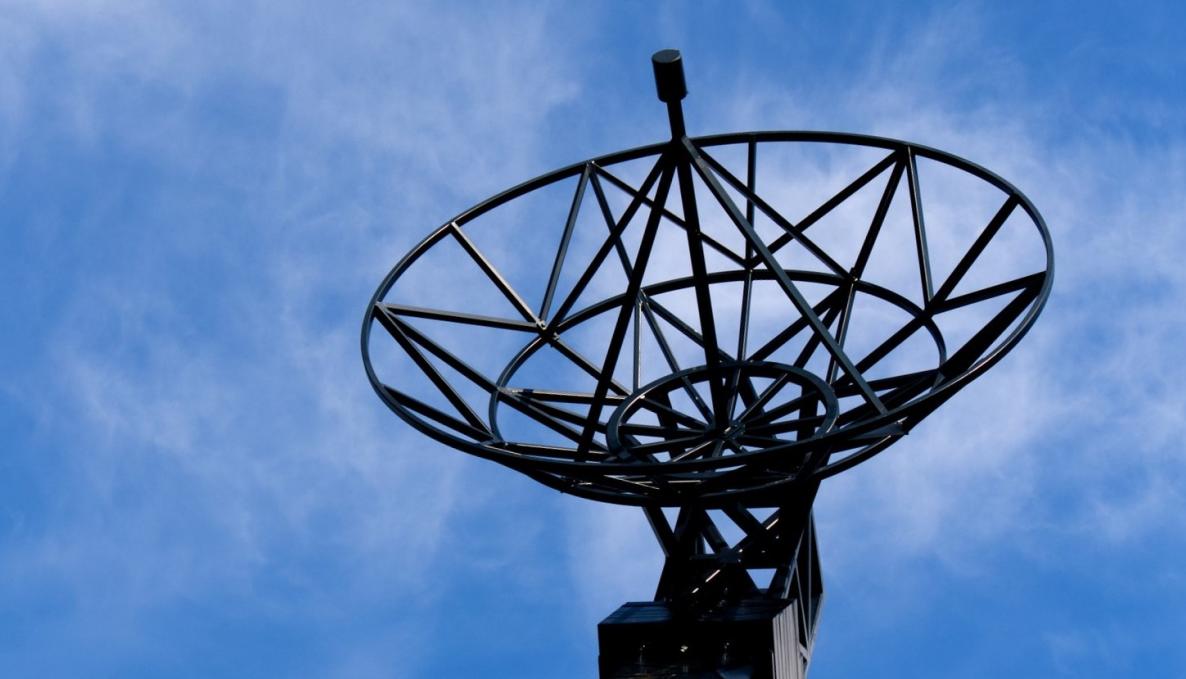photonics-based radar: SANT’ANNA school SCORPIUS project moves forward to the space

Researchers working on the SCORPIUS project, under the supervision of Professor Antonella Bogoni, (Sant’Anna School TeCIP Institute), intend to develop and demonstrate silicon photonic integrated optoelectronic multi-frequency oscillators for space radar imaging. The project is funded by the ASI Italian Space Agency through the "New devices for space applications - Nuove idee per la componentistica spaziale del futuro" initiative to enhance low TRL Technology Readiness Level systems.
The SCORPIUS single chip photonics-based radar prototype subsystem aims to achieve a higher TRL and an effective phase modulation in antenna beamforming applications. Chip-based imaging radars are critical for miniaturized platforms due to the great benefits on the reductions of cost, power consumption and volume, as they have the ability to handle high data rates and multiple RF bandwidth processing.
Researchers from Sant'Anna School, ASI, CNIT (Italian Consortium for Telecommunication), Thales Alenia Space Italia S.p.A. (TASI) and INPHOTEC Foundation, are working on microwave photonics for space systems, namely the large integration and mass reduction in advanced high range resolution space radars with enhanced flexibility.
Over the past ten years, Sant’Anna School and CNIT Consortium have achieved pioneering results on photonics as a promising technology that can increase capacity and flexibility of traditional RF equipment. Key photonic devices in radar transceiver and receiver integrated on a single chip for high resolution imaging radars exhibit high performance, high precision distance measurement and very small footprint even when operated in the low-frequency regime.
Scalability and reduced power consumption along with integrated photonics flexibility are the main features to optimize light coupling efficiency from optical waveguide to silicon photoconductive patches in order to achieve high switching independently. Simultaneous transmitting and receiving using a high dynamic range space platform with all antennas operating in unison and acting as a single instrument are achieved through a combination of antennas design and pre-distortion techniques to provide a global coverage with one center element.
The main challenge of the next generation of silicon photonic integrated systems is to increase capacity and flexibility. The INPHOTEC Foundation is a breakthrough research area for manufacturing and industry innovation. Integrating photonics with advanced electronics through a monolithic silicon photonics approach to meet the energy efficiency and cost requirements for space applications aims to provide more disruptive capability in size, weight, power, and cost.
Based on the photonics-based radar, SCORPIUS aims to have a stable operation and low power consumption single oscillator. The ultra-wide band and high stability of photonics, circuits’ fabrication and assembly into a robust integrated system will be implemented for the reduction of size and weight of the radar circuits simultaneously offering high-resolution images and very precise displacements measures.



